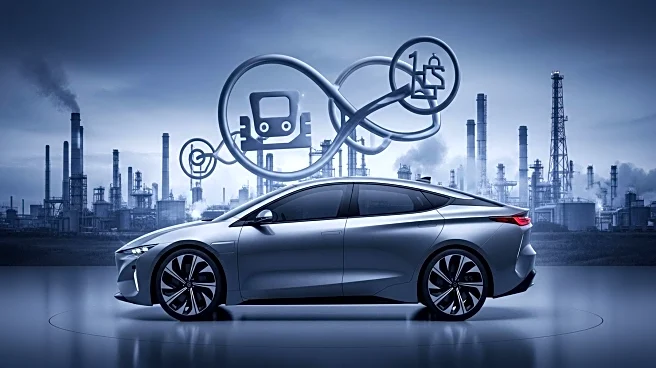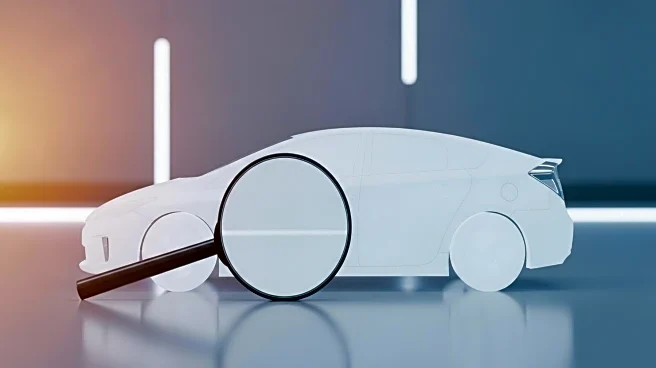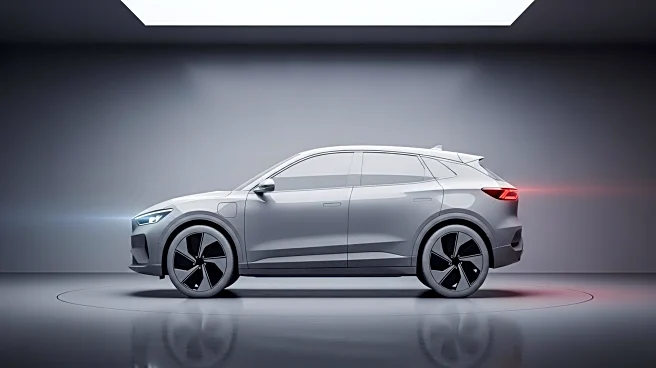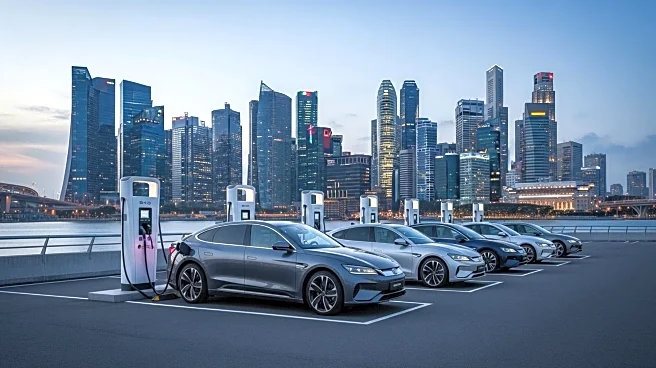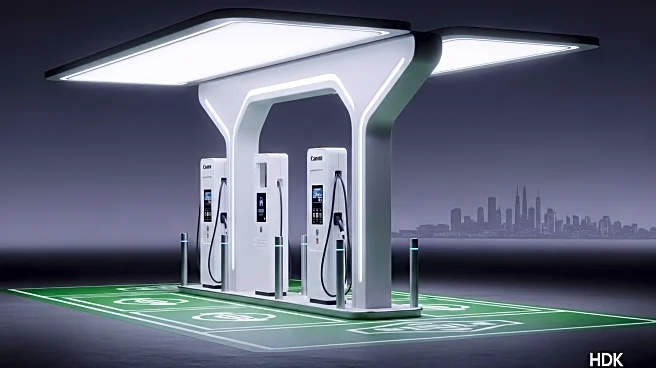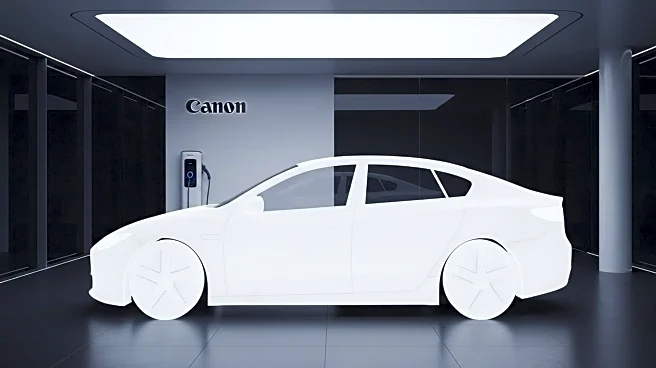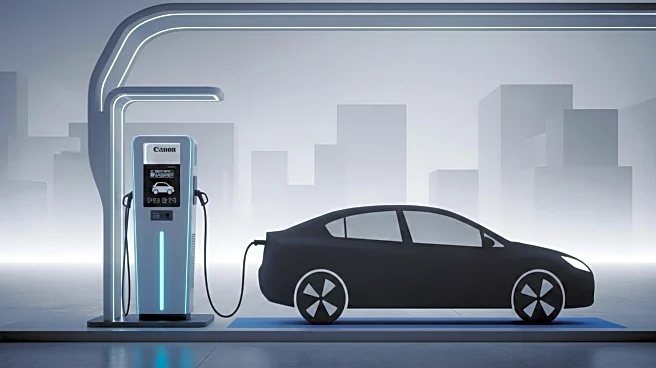What's Happening?
Toyota has publicly stated that mild-hybrid vehicles, which use a 48-volt system, should not be classified as true hybrids. Sean Hanley, Vice President of Sales and Marketing at Toyota Australia, emphasized the need for clear terminology to avoid misleading consumers. Despite this stance, Toyota markets some vehicles with 48-volt systems as hybrids in certain regions. Mild-hybrids offer modest efficiency gains by smoothing start-stop operations and assisting acceleration, but they cannot operate solely on electric power.
Why It's Important?
This clarification from Toyota highlights the ongoing debate within the automotive industry regarding hybrid technology classifications. As emissions regulations tighten, the distinction between different hybrid systems becomes crucial for consumers and manufacturers. Clear definitions can influence consumer choices and regulatory compliance, impacting market dynamics and environmental strategies. Toyota's position may prompt other automakers to reevaluate their classifications and marketing strategies.
What's Next?
As the automotive industry continues to evolve, manufacturers may face increased pressure to standardize hybrid classifications. This could lead to regulatory changes and industry-wide agreements on terminology. Toyota's development of new engine technologies compatible with various applications suggests a future where hybrid and electric vehicle options are more diverse and tailored to specific needs.
Beyond the Headlines
The debate over hybrid classifications reflects broader challenges in the transition to sustainable transportation. It underscores the importance of transparency and consumer education in achieving environmental goals. The industry's response to Toyota's stance could shape future policies and consumer trust in green technologies.

